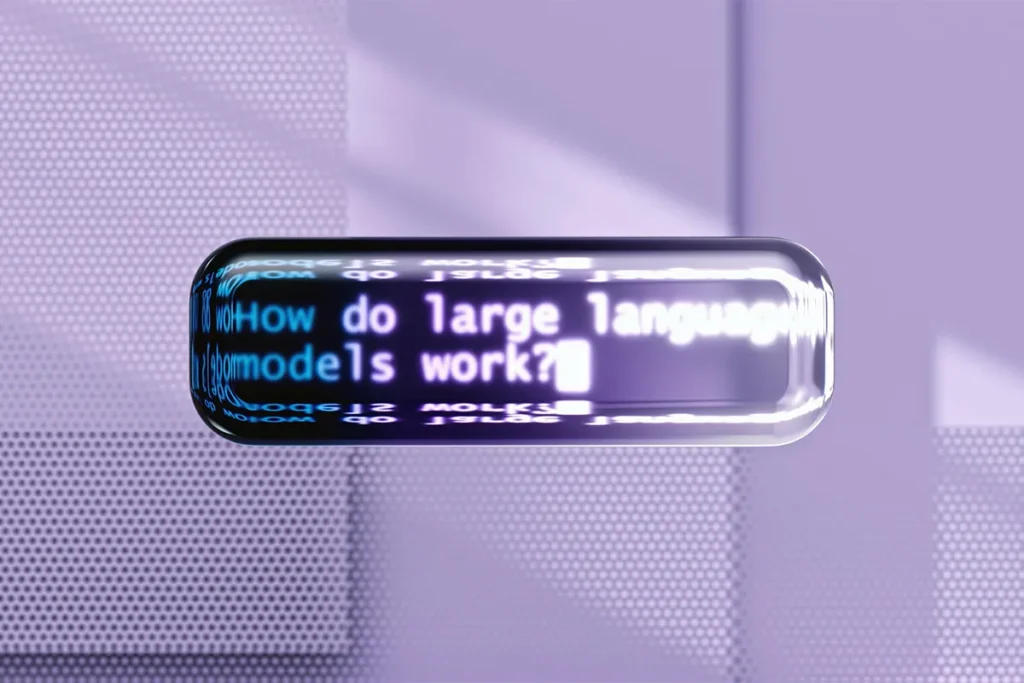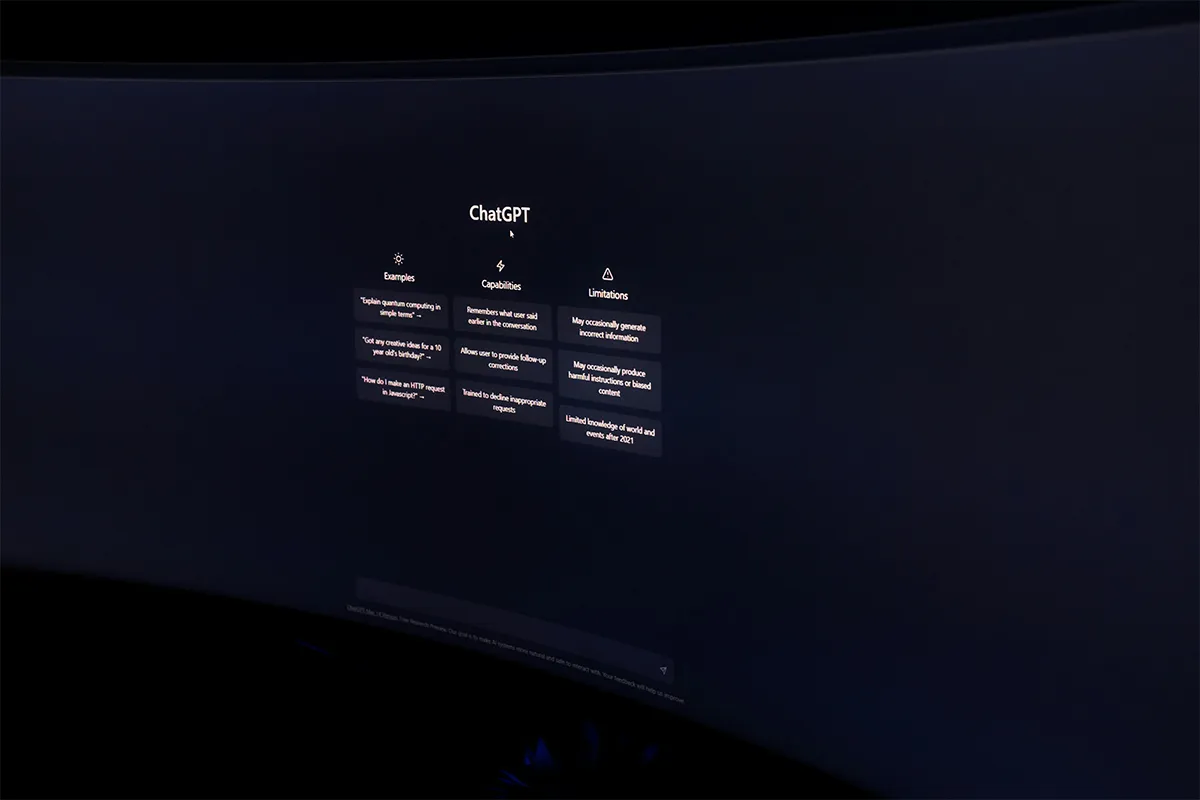Spotting ChatGPT and other AI text is very important. As AI makes more content, we must know if AI helped to keep things clear and honest. Many areas like schools and publishing need to tell if content is from humans or AI to keep their good name and trust.
This matter is big in many places. In schools, spotting AI work keeps students honest. News and books make sure stories are real and stop fake news. Companies, too, need to check if messages and writings are real to keep their good image and customer trust.
There are a number of guides that make you learn how to make ChatGPT-generated content undetectable. In this post, the ways will be looked at to find AI writings with basic and advanced techniques.
Basic Detection Techniques
Simple ways help us find AI writings by looking at how the text is and the words it uses. These ways are key to keeping writing real and true. They help us tell apart text from people and machines on many sites.
1. Finding Weird Words
To find ChatGPT text, you need to see odd words or ways of writing. One way is to find strange phrases or how sentences are made. ChatGPT might write in a way that is too proper or too common.
Look for changes in topics, hard words, or too-easy words. These wrong things can show us an AI made the text, not a person.
2. The Same Way of Writing
People write with changes in their style, but you can see their usual way over time, which AI can’t copy well. ChatGPT might not keep the same feeling in long talks.
You might see sudden changes in how formal or deep the answers are. For example, a very complex paragraph and a simple, informal sentence can show AI might have helped. Look for these changes to tell if a human or AI made the content.
3. Common Phrases and Templates
Heuristic methods are ways to find patterns in ChatGPT’s answers. The AI often uses the same templates and phrases. If you notice the same phrases or a style that seems fixed, it is usually ChatGPT’s doing.
The AI likes to use set phrases like “In conclusion,” “It is important to note that,” and “The result of this is.” These words can show the content is not from a person.
4. Repetitive Structures
ChatGPT can also use the same kind of structures in what it writes. Look at how often sentences look the same.
For example, if all answers begin the same way or if paragraphs are structured alike, it might be AI’s writing. This repeated pattern does not have the natural changes a person’s writing does, so it is easier to see.
5. Word Frequency Analysis
Statistical ways to find AI writing look at word use. How often words or phrases come up can show patterns. These are not normal for a person’s writing but are usual for AI writing. Too many uses of some words or not many different words are warning signs.
6. Sentence Length Distribution
Looking at how long sentences are can also help tell if an AI or a person wrote something. People usually write sentences of different lengths. This makes the writing flow well.
ChatGPT, on the other hand, might write sentences that are all about the same length. When you map how long sentences are, you can see these patterns and know if AI made the content. Search for groups of sentences that are about the same length.
Advanced Detection Techniques
Better ways to find AI text use complex programs and learning by machine to be more accurate. They pick up on small details in writing that simpler methods might miss. This is very important for jobs that need content to be really true and safe.

1. Models of Learning by Machine
Models of learning by machine have changed how we find text made by AI. Training sorters can spot the small ways that text made by people is different from ChatGPT.
You have to give the program lots of labeled data so it can learn what AI text looks like. The good results from these sorters depend on picking out important details well. They look at how words are used, how sentences are made, and odd things in the context to make good guesses.
2. Computational Linguistics Approaches:
Computer linguistics has strong ways to find AI in writing. Sentence analysis looks at how sentences are put together. It finds grammar and structure that a person may not see.
Meaning analysis checks out the meaning in words and sentences. This can be seen when the AI does not understand the context and says something strange. Linguistic ways give us a better grasp of AI writing and help us find it more accurately.
3. Analyzing Networks
Analyzing networks is another new way to spot ChatGPT. Algorithms that look at networks check the links in big amounts of text. By seeing how different bits of info tie together, these programs can see patterns that are likely from AI-making content.
Social graph analysis is a powerful method. It looks at how content spreads on social media. This way, we can find groups of similar posts that may be made by computers.
Automated Detection Tools
The tools for finding ChatGPT content are advanced and working well. Business tools are easy to use and have good help for customers. They can handle lots of information and are very correct. Some famous business tools work well with other systems. But, they cost money, which some people or small groups might not have.
Tools like Easy AI Checker detects AI-generated content with complete accuracy. This is based on advanced and well-trained algorithms that check the AI patterns and identify the responses. Additionally, this tool turns AI responses into human responses. It fixes the AI content and humanizes it to bypass the strongest detection.
You must check how good detection tools are. Look at their accuracy and precision first. These numbers show if the tool can tell the difference between what a person writes and what AI makes. They also show how much you can trust the tool. Good scores make you believe in the tool more.
You should look at real examples of how these tools work. Case studies show you things that just numbers cannot. They show when the tools do well or when they have problems. This can help you decide how to use the tools in your own work.
Ethics and AI
Ethical things to think about are very important with these tools. It is really important to learn about the potential risks of AI tools that are associated with the technology. You also have to think about getting it right so you don’t say someone used AI when they didn’t. Rules about doing the right thing help keep trust when you use these tools.
1. Worrying about privacy: When you find out if the content is from ChatGPT, you deal with a lot of private information. You need to take care of this information very well. Companies must do a lot to keep data safe. They should keep sensitive stuff secret and only let a few workers see the data.
It is very important to keep who you are secret and to have permission. Before companies use these tools, they must ask everyone if it is okay. People will trust you more if you are clear about how you use their data.
2. The chance of getting it wrong: You can’t ignore the chance of getting it wrong and saying something is from a human or AI when it’s not. This can lead to big problems. Think about a writer who gets blamed for lying or AI content that no one notices. These mistakes can make people not believe in what you are doing.
You need good plans to stop these mistakes from happening. Updating detection algorithms regularly and including human help can make fewer mistakes. Let users give feedback and correct wrong labels to make the system more reliable.
3. Transparency: Being open about how you detect things makes people trust you. Clear rules about data help users know their information’s use. Companies should tell why and how they use detection tools so people do not feel watched.
Following ethical rules ensures that we respect the rights of users. When we use detection tools, fairness and honesty should lead us. We must avoid picking on certain groups or being unfair.
Conclusion
We looked at many ways to spot ChatGPT content. There are a number of pros and cons of AI-generated content. The Simple methods like looking at things ourselves or using common sense are easy but not always good enough.
Complex ways like using artificial intelligence and language studies are better, but they need more skills and things. Tools that work by themselves are useful but they have problems we need to think about.
As AI gets better, it is hard to tell apart what humans and machines write. Finding ChatGPT content is not just one job; it needs constant work. If we do not pay attention, we might have lies, privacy problems, or other bad things happen.
We must keep making our way to find content better to face new AI skills. We can only keep control and make sure online chats and news stay honest by always checking.

